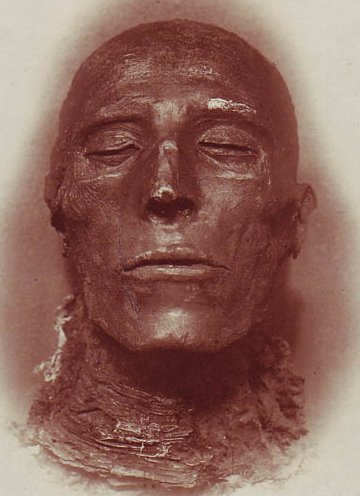
The Tomb of Dracula # 13, “To Kill a Vampire” really delivers on the promise of Marv Wolfman’s continuing storyline. Quincy Harker , Rachel Van Helsing, and Taj Nitall are overcome with grief over the loss of Edith Harker. Frank Drake is consumed with rage for his hated ancestor and Blade has no patience for their grieving and is eager to take the reins of the group or resume the hunt for Dracula alone. Clearly the group will continue to have issues functioning as a collective thanks to Frank and Blade’s respective personalities. Meantime, Dracula continues his reign of terror in London while an unseen Chinese criminal genius, Dr. Sun dispatches his minions to the morgue to reclaim the body of the vampire Brand.
There is a nice bit where Dracula attends a prize fight and is sickened by the spectators’ reactions to violence as entertainment. He fails to appreciate boxing as a sport from the perspective of the medieval conqueror he once was or the predator he has become. Following Edith’s cremation, there is a quiet interlude among the group of vampire hunters where Blade reveals his origin. His mother was killed by a vampire while giving birth to him. That one brief flashback provides all the information the reader needs to understand the character, his anger, and what drives him to obsessively hunt vampires. Again, Wolfman’s masterful skill with characters combined with Gene Colan’s stylish art sets this series well above the standard maintained by most comics of the era.
The issue races to a breakneck conclusion with Harker and his band of vampire hunters following a lead that takes them to Dracula’s hideout. The ensuing battle is particularly vicious. The vampire apparently has the upper hand thanks to his strength and supernatural powers when suddenly and unexpectedly Blade puts a knife through Dracula’s heart and kills him as the issue comes to an abrupt finish.
TO CONTINUE READING THIS ARTICLE, PLEASE VISIT HERE.





.jpg)